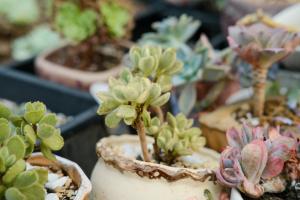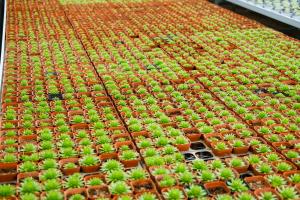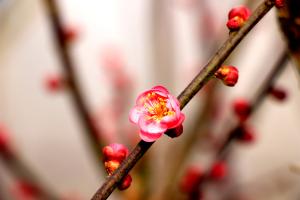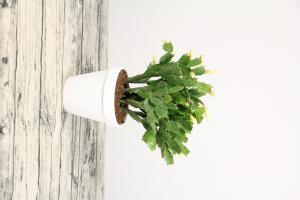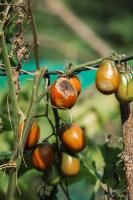How to Prune Cherry Tomato Plants for Maximum Yield
Cherry tomatoes are a favorite of many home gardeners for their sweet flavor, vibrant color, and easy growth. But, like any other plant, they require proper pruning to ensure the maximum yield of healthy fruit. Here are some tips to help you prune your cherry tomato plants for maximum yield.
Identifying the Type of Cherry Tomato Plant
The first step in pruning your cherry tomato plants is to identify the type of plant you are growing. Cherry tomato plants come in two types – determinate and indeterminate. Determinate cherry tomato plants grow to a specific height and stop growing once they reach their full size. Indeterminate cherry tomato plants, on the other hand, keep growing and producing fruit throughout the growing season.
Knowing which type of plant you have will help you determine the best pruning technique to use. For determinate cherry tomato plants, selective removal of old, diseased or damaged branches is the best pruning technique to use. Indeterminate cherry tomato plants, on the other hand, need more pruning to manage their growth and avoid overcrowding, which can lead to disease and fruit rot.
The Benefits of Pruning Cherry Tomato Plants
Pruning your cherry tomato plants has multiple benefits. It allows you to control the shape and size of your plant, which can help reduce the risk of disease and maximize the amount of sunlight that reaches your fruit. Pruning also promotes better airflow, which can decrease the risk of fungus and other diseases that affect tomato plants, and increase the overall yield of your cherry tomato plants.
Pruning Techniques for Cherry Tomato Plants
The best pruning techniques for cherry tomato plants largely depend on the type of plant you have. For determinate cherry tomato plants, you need to focus on removing any dead, diseased or damaged branches to promote healthy growth. Pinch or cut off any shoots that appear below the first flower to ensure the plant focuses on producing fruit instead of new foliage.
Indeterminate cherry tomato plants require more pruning as they grow taller and produce more foliage. Begin by removing any suckers that form in the crotch joint of the main stem and branches. Suckers are shoots that grow between the stem and the branch and can cause overcrowding and competition for nutrients. Remove any branches that are growing into the center of the plant or are diseased or damaged. Finally, pinch off the tips of any branches that have reached their desired length and are no longer producing fruit.
Conclusion
Pruning your cherry tomato plants is an essential task that requires time and patience to achieve maximum yield. Understanding the type of plant you have and using the right pruning techniques will help you control the size and shape of your cherry tomato plants, promote healthy growth, and minimize the risk of disease. Don't be afraid to prune your cherry tomato plants, as it will ultimately lead to sweet, juicy fruit that you will enjoy all season long.

 how many times do yo...
how many times do yo... how many planted tre...
how many planted tre... how many pine trees ...
how many pine trees ... how many pecan trees...
how many pecan trees... how many plants comp...
how many plants comp... how many plants can ...
how many plants can ... how many plants and ...
how many plants and ... how many pepper plan...
how many pepper plan...
